The persistence of tradition across production entities
After Stalin's death, within the various countries attached to the USSR, interior architecture was marked by a renewal. Nevertheless, a certain continuity can be noted over the decades. It is characterized by the persistence of a certain tradition that existed before the communist regime. It concerns the actors in this field, the materials and techniques used to create the works whose aesthetics sometimes recall those of the Stalinist period.
Some production entities, animated by traditionalist ideas, created during the Polish People's Republic remain. This can be explained by the nature of the Polish economy. It is centralized and therefore the cooperatives, factories, and manufacturing institutes are either state or subordinate to the state[1].
As we know, this control is one of Cepelia's roles. This situation is the result of the nationalisation launched in 1946 by the law adopted by the National Council of the Interior[Krajowa Rada Narodowa] on 3 January. It implies that all enterprises employing more than 50 workers must be nationalised and it authorises the Council of Ministers to nationalise any smaller enterprise if the interests of the national economy so justify[2].
This elimination of the private sector continued between 1947 and 1949, with what is called "the battle for trade"[bitwa o handel] characterized by a series of laws aimed at limiting the private sector[3].
It is this centralization that can explain the continuity of production entities insofar as only a state initiative can lead to changes. In this case, it took place but was not total. In reality, this persistence of the same manufacturers is not always problematic; they are often factories whose sole purpose is manufacturing. It can be assumed that some of these manufacturing sites are less technologically advanced than others and that the techniques employed are not the result of any ideology.
This is particularly the case of the Popular Art Industry Centre[Centrala Przemyslu Ludowego i Artystycznego], more commonly known as Cepelia.
It is also the case of the Lad although its original vision is not immutable since it is marked by the changes that took place in Poland between 1956 and 1966[4] Nevertheless the members of the cooperative, seeking to make it integrate the principles of modernity, failed however to modify it fundamentally. 5] Wojciechowski's comments on the exhibition devoted to the Lad's 30th anniversary in 1956 in Zacheta[6] are consistent with this failure. According to him, the achievements of some members of the cooperative are certainly modern, but they are exceptions compared to the rest of the achievements. [7]
Finally, concerning the Industrial Design Institute, we can assume that few changes are taking place. Wanda Telakowska, its leader, was not worried and even kept her position, while she defended some ideas put forward during the period of Socialist Realism. 8] Perhaps this is because of its role in Polish design, as it is considered to be one of the forerunners in this field. [9]
[1] MROZEK, Jozef, « Dekady polskich mebli », Meble Plus, 2009, n°9.
[2] BUHLER, Pierre, Histoire de la Pologne communiste : Autopsie d'une imposture, Paris, Karthala, 1997, p. 165.
[3] PADRAIC, Kenney, Rebuilding Poland, Workers and Communists 1945-50, Cornell, Cornell University Press, 1997, p. 192 – 198.
[4] MROZEK, Jozef, « Dekady polskich mebli», Meble Plus, 2009, n°9.
[5] HUML, Irena, « The Lad Cooperative : Background, Philosophy and Programme », in Anna Frackiewicz (dir.), Spółdzielnia artystów Ład : 1926-1996, tome 1, Varsovie, Muzeum Akademii sztuk pieknych, 1998, p. 29 – 36. p. 29.
[6] Cette exposition se déroule du 14.12.1956 au 11.01.1957. Voir Zacheta, Wystawy [Expositions], [en ligne], Disponible sur : andlt;https://zacheta.art.pl/pl/wystawy/archiwalne?date-from=1950-01-01andamp;date-to=2018-01-02andamp;page=20andgt; (consulté le 02.01.18).
[7] WOJCIECHOWSKI, Aleksander, « XXX-lecie « Ladu » i inne sprawy », Przemysl Ludowy i Artystyczny, 1957, n°1-2, p. 15.
[8] KOZIMA, Irma, Polski design [Le design polonais], Warszawa, SBM, 2015, p. 111.
[9] CZERWINSKI, Mikolaj, PRAGMATIC MODERNISM: PROJECT [PROJEKT] AND POLISH DESIGN, 1956-1970, Fine Arts, Kentucky : Université du Kentucky 2011. p. 94.

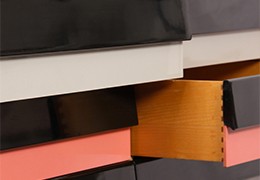
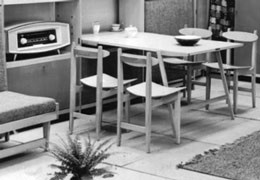
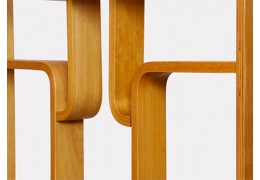
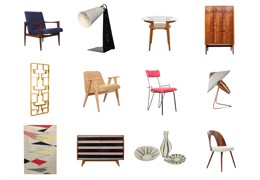
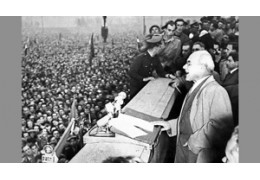
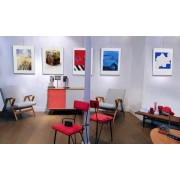
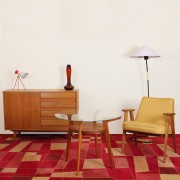
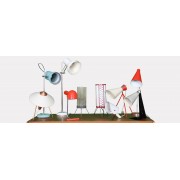
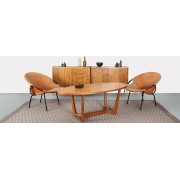

Leave a comment